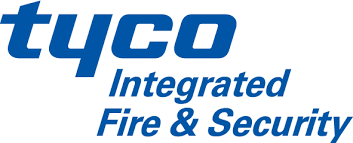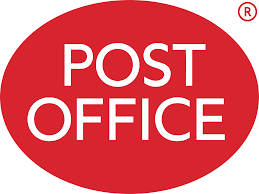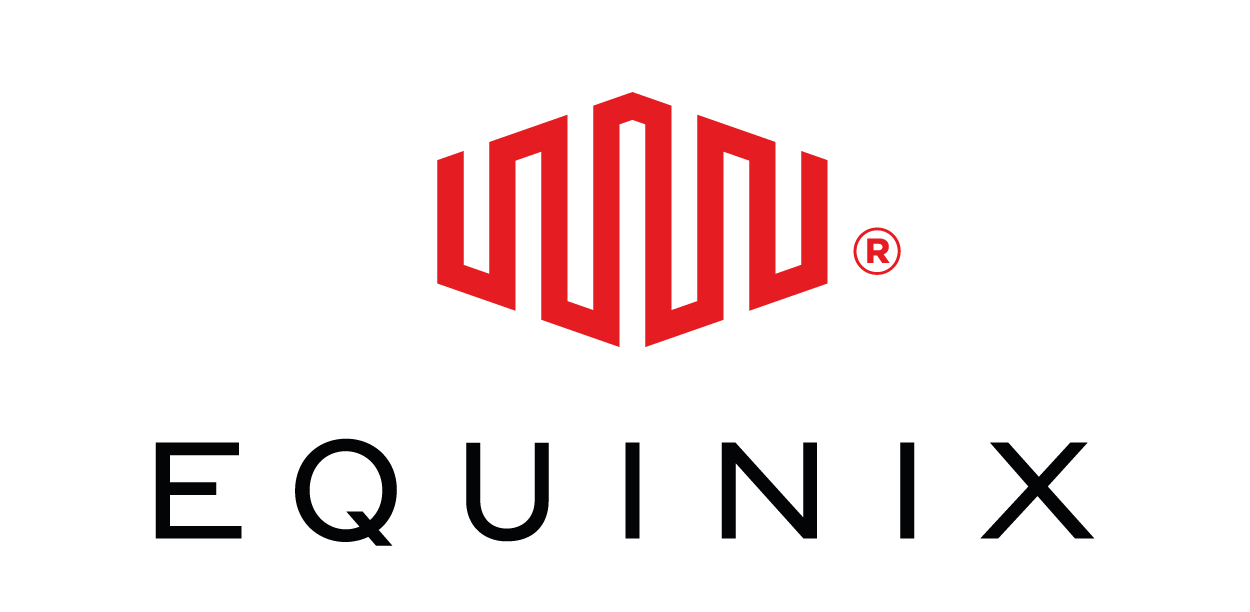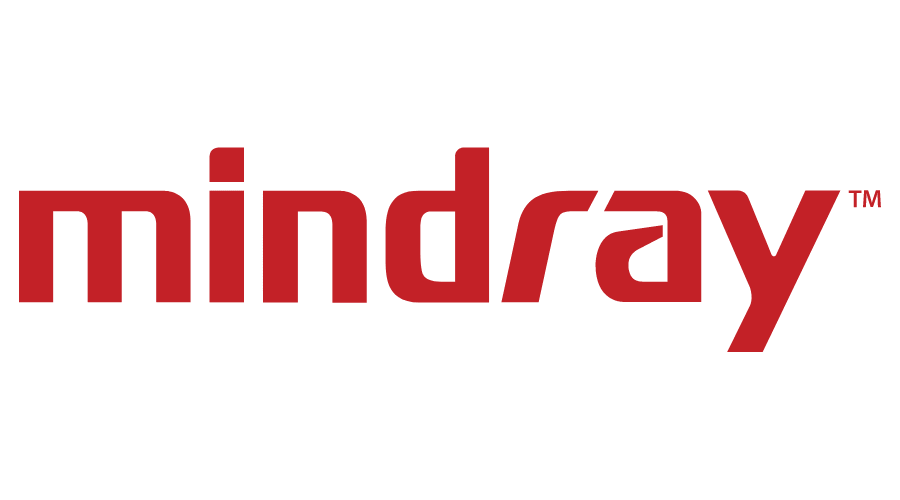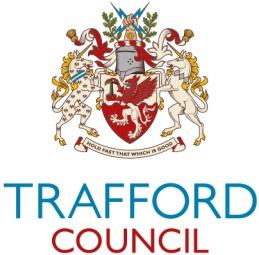Is APM Better than PRINCE2? A Comprehensive Comparison
Is APM Better than PRINCE2? A Comprehensive Comparison
Introduction:
Project management methodologies play a crucial role in ensuring successful project delivery and organizational growth. Among the numerous methodologies available, two prominent frameworks are widely adopted in the project management industry: the Association for Project Management (APM) and PRINCE2 (Projects IN Controlled Environments 2). While both methodologies offer valuable guidelines for managing projects, this article aims to delve into a detailed comparison to determine whether APM is better than PRINCE2 or vice versa. Let's explore the key features, strengths, and weaknesses of each framework to gain a better understanding.
Understanding APM and PRINCE2
The Association for Project Management (APM) is a UK-based professional organization that provides project management qualifications, certifications, and resources. APM offers a holistic approach to project management, emphasizing the softer skills, stakeholder management, and communication aspects of projects. It focuses on the overall project lifecycle, from initiation to completion, and covers a wide range of industries and project types.
On the other hand, PRINCE2 is a structured project management methodology developed by the UK government. It is widely recognized and practiced globally. PRINCE2 provides a process-based approach that outlines specific roles, responsibilities, and deliverables for each project phase. It emphasizes the need for detailed project documentation, risk management, and clear governance throughout the project lifecycle.
Comparing Key Features
- Flexibility: APM offers a more flexible approach to project management, allowing practitioners to tailor their processes and methodologies to suit specific project needs. This flexibility enables organizations to adapt to various project environments and complexities. PRINCE2, on the other hand, is more prescriptive, providing a clear and standardized framework to follow. While this can provide consistency and clarity, it may not be suitable for all project contexts.
- Focus on Stakeholder Engagement: APM places significant emphasis on stakeholder engagement and communication. It recognizes the importance of understanding stakeholder needs, managing expectations, and fostering effective collaboration. PRINCE2 also acknowledges the significance of stakeholder management but does not provide as much guidance on the softer skills required for successful engagement.
- Project Governance: PRINCE2 stands out in terms of governance. It defines explicit roles and responsibilities for project managers, team members, and stakeholders, ensuring clear accountability and decision-making processes. APM, although it acknowledges the importance of governance, does not offer the same level of detail in this area.
- Documentation: PRINCE2 emphasizes comprehensive documentation, ensuring that project progress, risks, and decisions are well-documented throughout. This detailed approach supports project control and transparency. APM, while it recognizes the need for documentation, does not provide specific guidelines on the extent and level of documentation required.
Strengths and Weaknesses
APM's strengths lie in its focus on stakeholder engagement, communication, and flexibility. It encourages project managers to develop strong interpersonal skills, fostering collaboration and alignment with stakeholders. APM's adaptability makes it suitable for a wide range of projects and industries. However, its lack of standardized processes and specific guidance on project documentation may lead to inconsistencies and challenges when working on large-scale projects with complex requirements.
PRINCE2's strengths lie in its structured and well-defined approach to project management. It provides clear processes, roles, and deliverables, ensuring a consistent and standardized approach to project execution. PRINCE2 is particularly effective for large, complex projects where governance and control are critical. However, its prescriptive nature may limit flexibility and hinder creativity. Furthermore, the comprehensive documentation requirements may be perceived as bureaucratic and time-consuming for smaller projects.
Conclusion
Determining whether APM is better than PRINCE2 or vice versa depends on the specific needs and characteristics of your projects and organization. APM's flexibility, focus on stakeholder engagement, and adaptability make it suitable for diverse project environments. PRINCE2's structured approach, clear governance, and emphasis on documentation make it well-suited for larger and more complex projects. It is essential to consider project size, industry, stakeholder requirements, and organizational culture when choosing the most appropriate methodology.
In many cases, organizations opt for a hybrid approach, combining elements from both methodologies or integrating them with other frameworks such as Agile or Lean Six Sigma. This allows organizations to leverage the strengths of each methodology while customizing project management practices to suit their specific needs.
Ultimately, project management success relies on effective implementation, skilled practitioners, and a focus on continuous improvement. Whether you choose APM, PRINCE2, or a combination of both, the key is to align your chosen methodology with your project objectives, team capabilities, and organizational culture to maximize the chances of achieving project success.
Find the Right Online Project Managemet Course
Unlock your full potential with our wide range of online project management courses! Discover the perfect fit for your learning journey and gain valuable skills. Explore our catalog and enroll today for a brighter future!



